- 0086-571-85302990
- sales@greenskybio.com
How to Extract Natural Grape Seed Extract by Steam Distillation.
2024-11-27

1. Introduction
Natural Grape Seed Extract has been recognized for its numerous health benefits, mainly due to its high content of antioxidants. These antioxidants play a crucial role in protecting the body against free radicals, which are associated with various diseases and aging processes. Steam distillation is one of the effective methods for extracting Grape Seed Extract. This article will explore in detail the principle, required equipment, and step - by - step process of steam distillation for Grape Seed Extract extraction.
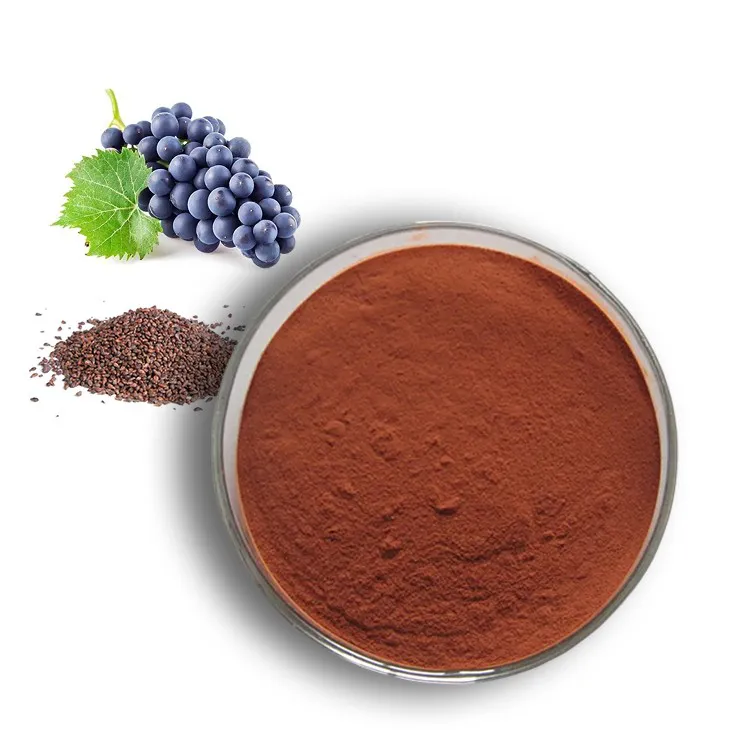
2. Principle of Steam Distillation for Grape Seed Extract
Steam distillation is based on the principle that the volatile components in the grape seeds can be vaporized when exposed to steam. When steam is passed through the crushed grape seeds, the active compounds with relatively low boiling points, which are of interest in the grape seed extract, get carried away with the steam. As the steam - compound mixture cools down, the steam condenses back into liquid water, and the desired compounds can be separated from the water.
In the case of grape seed extract, this process allows for the extraction of various bioactive substances such as polyphenols, flavonoids, and proanthocyanidins. These substances are not only responsible for the antioxidant properties but also contribute to other potential health - promoting effects like anti - inflammatory and cardioprotective actions.
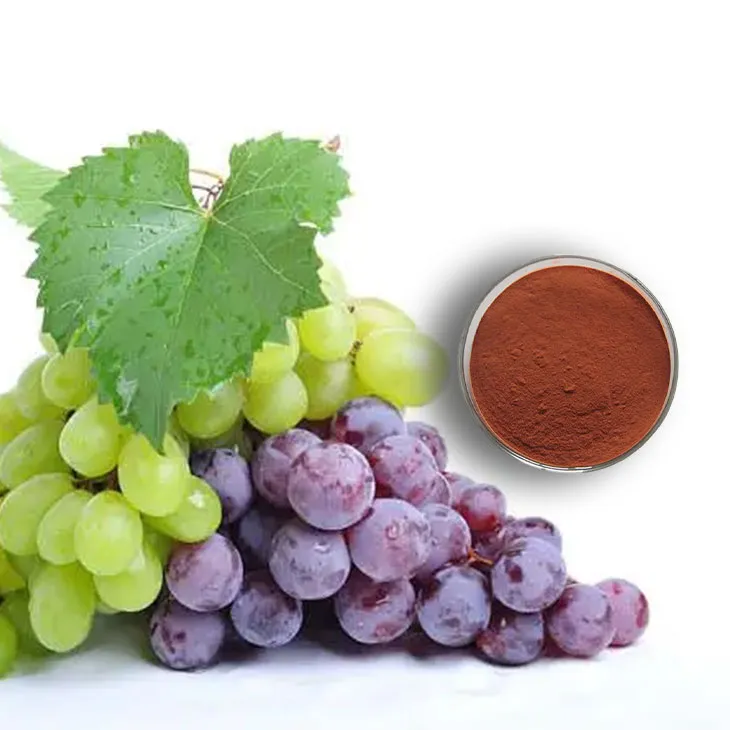
3. Equipment Needed for Steam Distillation of Grape Seed Extract
3.1. Steam Generator
A reliable steam generator is the first and crucial piece of equipment. It should be capable of producing a consistent supply of steam at the required pressure and temperature. The steam generator can be electrically or gas - powered, depending on the available resources and the scale of the extraction process. For small - scale or laboratory - based extractions, an electric steam generator with adjustable settings for temperature and pressure is often preferred.
3.2. Extraction Vessel
The extraction vessel is where the grape seeds are placed for the steam distillation process. It should be made of a suitable material that can withstand the heat and pressure involved. Stainless steel is a common choice as it is durable, non - reactive with the grape seeds and the extracted compounds, and easy to clean. The vessel should also have an inlet for the steam to enter and an outlet for the steam - compound mixture to exit.
3.3. Condenser
The condenser is responsible for cooling down the steam - compound mixture. It typically consists of a coiled tube surrounded by a cooling medium, such as cold water. As the steam - compound mixture passes through the coiled tube, the heat is transferred to the cooling medium, causing the steam to condense. The condensed liquid, which contains the extracted grape seed compounds along with water, then flows out of the condenser.
3.4. Separation Flask
A separation flask is used to separate the grape seed extract from the water. Since the grape seed extract and water have different densities, they can be separated using techniques such as decantation or the use of a separatory funnel in the separation flask. This step is crucial for obtaining a concentrated grape seed extract.
3.5. Other Auxiliary Equipment
- Thermometers: To monitor the temperature during the steam generation and distillation process. This helps in ensuring that the process is carried out at the optimal temperature range for extracting the desired compounds from the grape seeds. - Pressure Gauges: To keep track of the pressure in the steam generator and the extraction vessel. Maintaining the correct pressure is essential for the proper vaporization of the volatile components in the grape seeds. - Pumps: In some cases, pumps may be required to transfer the steam or the condensed liquid between different components of the extraction setup.
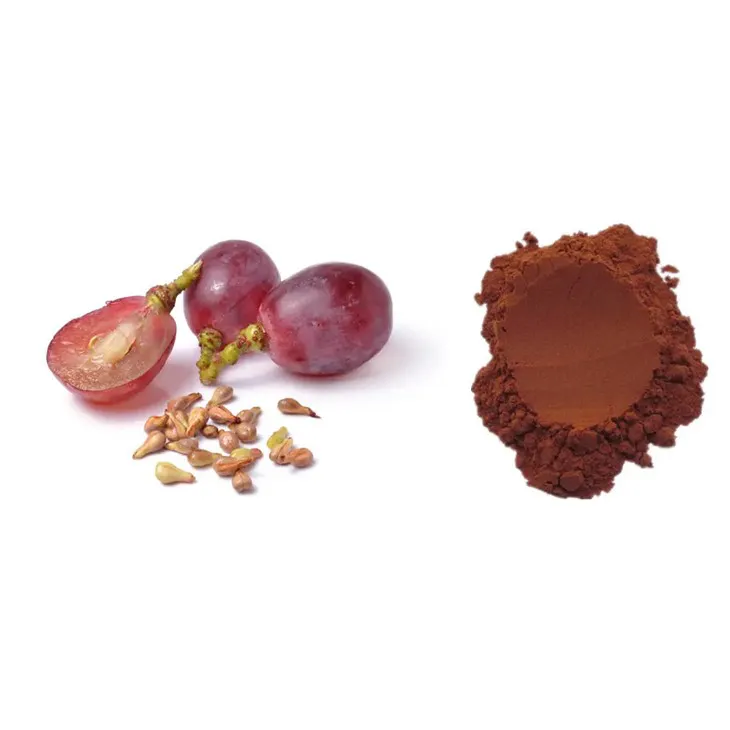
4. Step - by - Step Process of Extracting Grape Seed Extract by Steam Distillation
4.1. Preparation of Grape Seeds
- Harvesting: Select high - quality grapes from which the seeds will be obtained. The grapes should be ripe and free from any signs of disease or damage.
- Seed Removal: Separate the seeds from the grape pulp. This can be done manually for small quantities or using mechanical devices for larger - scale operations.
- Cleaning: Wash the grape seeds thoroughly to remove any remaining pulp, dirt, or debris. This is important as any impurities can affect the quality of the extract.
- Drying: Dry the clean grape seeds either in the sun or using a drying oven at a low temperature. The seeds should be dried until they are brittle but not over - dried, as this may damage the active compounds.
4.2. Loading the Extraction Vessel
- Once the grape seeds are properly prepared, they are placed into the extraction vessel. Make sure not to over - fill the vessel to allow for proper steam circulation.
- Seal the extraction vessel properly to prevent any steam leakage during the distillation process.
4.3. Starting the Steam Distillation
- Start the steam generator and adjust the settings to produce steam at the appropriate temperature and pressure. For grape seed extract, a temperature range of around 100 - 120°C and a moderate pressure are usually suitable.
- Allow the steam to enter the extraction vessel through the inlet. The steam will start to pass through the grape seeds, vaporizing the volatile compounds.
- As the steam - compound mixture is formed, it will exit the extraction vessel through the outlet and enter the condenser.
4.4. Condensation and Collection
- In the condenser, the steam - compound mixture is cooled down, and the steam condenses into liquid. The condensed liquid, which contains the grape seed extract and water, is collected in a suitable container.
- Monitor the condensation process to ensure that the condenser is working efficiently. If the cooling medium (e.g., cold water) is not flowing properly or the condenser is not functioning well, the condensation may not be complete, resulting in a loss of the extract.
4.5. Separation of Grape Seed Extract from Water
- Transfer the condensed liquid to the separation flask.
- Allow the mixture to stand for a while so that the grape seed extract and water can separate based on their density differences. If necessary, use a separatory funnel to carefully separate the two layers.
- The lower layer, which is likely to be water, can be drained off, leaving the concentrated grape seed extract in the flask.
4.6. Post - extraction Processing
- The extracted grape seed extract may need further purification or concentration depending on the intended use. This can be achieved through methods such as filtration to remove any remaining impurities or evaporation to further concentrate the extract.
- Store the final grape seed extract in a suitable container, preferably in a cool, dark place to preserve its quality and antioxidant properties.
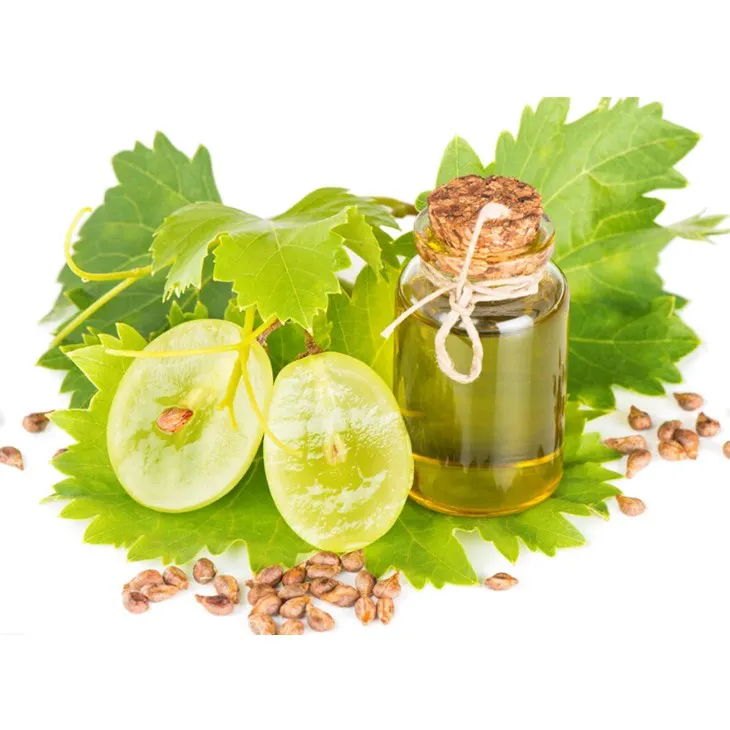
5. Quality Control and Assurance in Grape Seed Extract Extraction
Quality control is essential throughout the grape seed extract extraction process by steam distillation.
5.1. Raw Material Quality
- Ensure that the grape seeds used as the raw material are of high quality. This includes factors such as the variety of grapes, the ripeness of the grapes at harvest, and the absence of contaminants.
- Regularly test the grape seeds for parameters such as moisture content, as this can affect the extraction efficiency and the quality of the final extract.
5.2. Monitoring the Extraction Process
- Continuously monitor the temperature and pressure during the steam distillation process. Deviations from the optimal values can lead to incomplete extraction or the degradation of the active compounds.
- Check the flow rates of steam and the condensed liquid at various stages of the process. Any blockages or irregularities in the flow can affect the extraction efficiency.
5.3. Final Product Testing
- Conduct chemical analysis on the final grape seed extract to determine the content of key active compounds such as polyphenols, flavonoids, and proanthocyanidins. This helps in ensuring that the extract meets the expected quality standards.
- Test for microbiological contamination to ensure the safety of the extract for various applications, especially in the food and pharmaceutical industries.
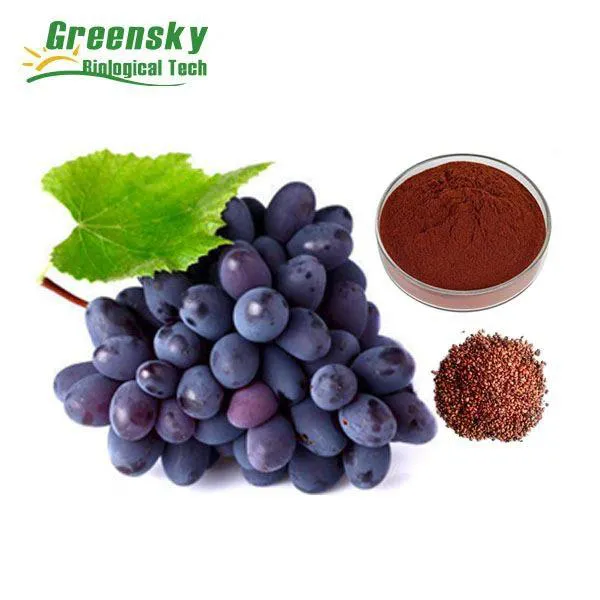
6. Applications of Grape Seed Extract
The grape seed extract obtained through steam distillation has a wide range of applications.
6.1. In the Food Industry
- It can be used as a natural antioxidant to extend the shelf life of food products. For example, it can be added to oils, fats, and baked goods to prevent rancidity and oxidative spoilage.
- Grape seed extract can also enhance the nutritional value of food products. It can be incorporated into functional foods and dietary supplements.
6.2. In the Cosmetic Industry
- Due to its antioxidant properties, grape seed extract is used in cosmetic products to protect the skin from free radical damage. It can be found in creams, lotions, and serums.
- It also has anti - inflammatory properties, which can be beneficial for treating skin conditions such as acne and eczema.
6.3. In the Pharmaceutical Industry
- Grape seed extract has shown potential in the prevention and treatment of various diseases. It has been studied for its cardioprotective effects, such as reducing blood pressure and improving blood lipid profiles.
- It may also have anti - cancer properties, although more research is needed in this area.
7. Conclusion
Steam distillation is a viable method for extracting Natural grape seed extract. By following the proper principles, using the appropriate equipment, and adhering to a strict step - by - step process, high - quality grape seed extract can be obtained. Quality control at every stage of the extraction process is crucial to ensure the extract's effectiveness and safety for various applications in the food, cosmetic, and pharmaceutical industries. With the increasing demand for natural products with health - promoting properties, the extraction of grape seed extract by steam distillation holds great potential.
FAQ:
What is the principle of steam distillation for grape seed extract?
Steam distillation works on the principle that when steam is passed through the grape seeds, it heats the components in the seeds. Volatile compounds with lower boiling points are vaporized along with the steam. These vaporized substances are then condensed back to liquid form, separating the desired extract from the non - volatile parts of the grape seeds. This process helps in extracting the natural components of grape seeds effectively while maintaining their integrity and potency.
What equipment is required for steam distillation of grape seed extract?
The basic equipment needed includes a steam generator to produce the steam, a distillation flask where the grape seeds are placed and the steam is passed through, a condenser to cool and condense the vaporized substances back to liquid, and a collection vessel to collect the extracted grape seed extract. Additionally, thermometers are often used to monitor the temperature during the process, and tubing is required to connect the different components of the distillation setup.
What are the steps involved in steam distilling grape seed extract?
First, prepare the grape seeds by cleaning and crushing them slightly to increase the surface area. Next, load the crushed seeds into the distillation flask. Start the steam generator and pass the steam through the flask containing the seeds. The steam will carry the volatile components from the seeds. The vapor then enters the condenser where it is cooled and condensed back into liquid. The resulting liquid, which contains the grape seed extract, is collected in the collection vessel. It is important to maintain appropriate temperature and pressure throughout the process to ensure a high - quality extraction.
How can we ensure high - quality extraction during steam distillation of grape seed extract?
To ensure high - quality extraction, start with high - quality grape seeds. Ensure proper cleaning and preparation of the seeds before distillation. Monitor and control the temperature and pressure accurately during the distillation process. Use clean and well - maintained equipment to avoid contamination. Also, the distillation time should be optimized. If the time is too short, not all the desired components may be extracted, and if it is too long, it may lead to degradation of some components.
What are the applications of the grape seed extract obtained by steam distillation?
The grape seed extract obtained by steam distillation has various applications. It is widely used in the cosmetic industry due to its antioxidant properties, which can help in anti - aging formulations and skin protection. In the food industry, it can be used as a natural preservative. It also has potential applications in the pharmaceutical industry for its health - promoting properties, such as reducing inflammation and protecting against certain diseases.
Related literature
- Steam Distillation in Natural Product Extraction"
- "Grape Seed Extract: Properties, Applications, and Extraction Methods"
- "Advanced Techniques in Extracting Bioactive Compounds from Grape Seeds"
- ▶ Hesperidin
- ▶ Citrus Bioflavonoids
- ▶ Plant Extract
- ▶ lycopene
- ▶ Diosmin
- ▶ Grape seed extract
- ▶ Sea buckthorn Juice Powder
- ▶ Fruit Juice Powder
- ▶ Hops Extract
- ▶ Artichoke Extract
- ▶ Mushroom extract
- ▶ Astaxanthin
- ▶ Green Tea Extract
- ▶ Curcumin
- ▶ Horse Chestnut Extract
- ▶ Other Product
- ▶ Boswellia Serrata Extract
- ▶ Resveratrol
- ▶ Marigold Extract
- ▶ Grape Leaf Extract
- ▶ New Product
- ▶ Aminolevulinic acid
- ▶ Cranberry Extract
- ▶ Red Yeast Rice
- ▶ Red Wine Extract
-
Saponin Extract
2024-11-27
-
Pomegranate Extract
2024-11-27
-
Citrus Aurantii Extract
2024-11-27
-
Jujube Extract
2024-11-27
-
Clove Powder
2024-11-27
-
Longan Extract
2024-11-27
-
Europen Bilberry Extract
2024-11-27
-
Acerola Juice Powder
2024-11-27
-
Coconut Water Powder
2024-11-27
-
Yellow Pine Extract
2024-11-27





















